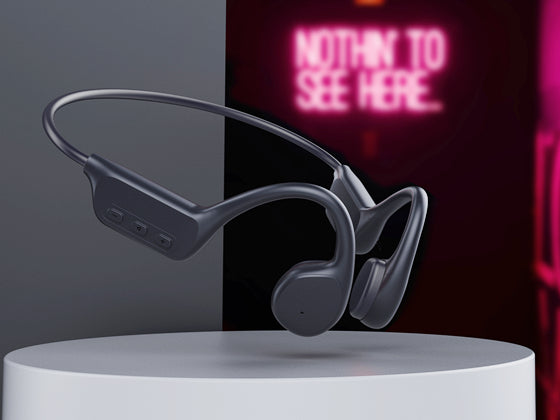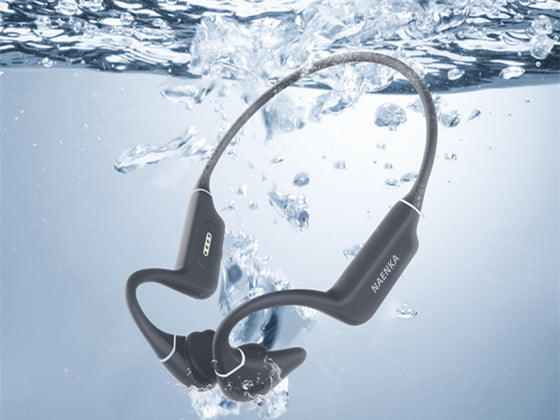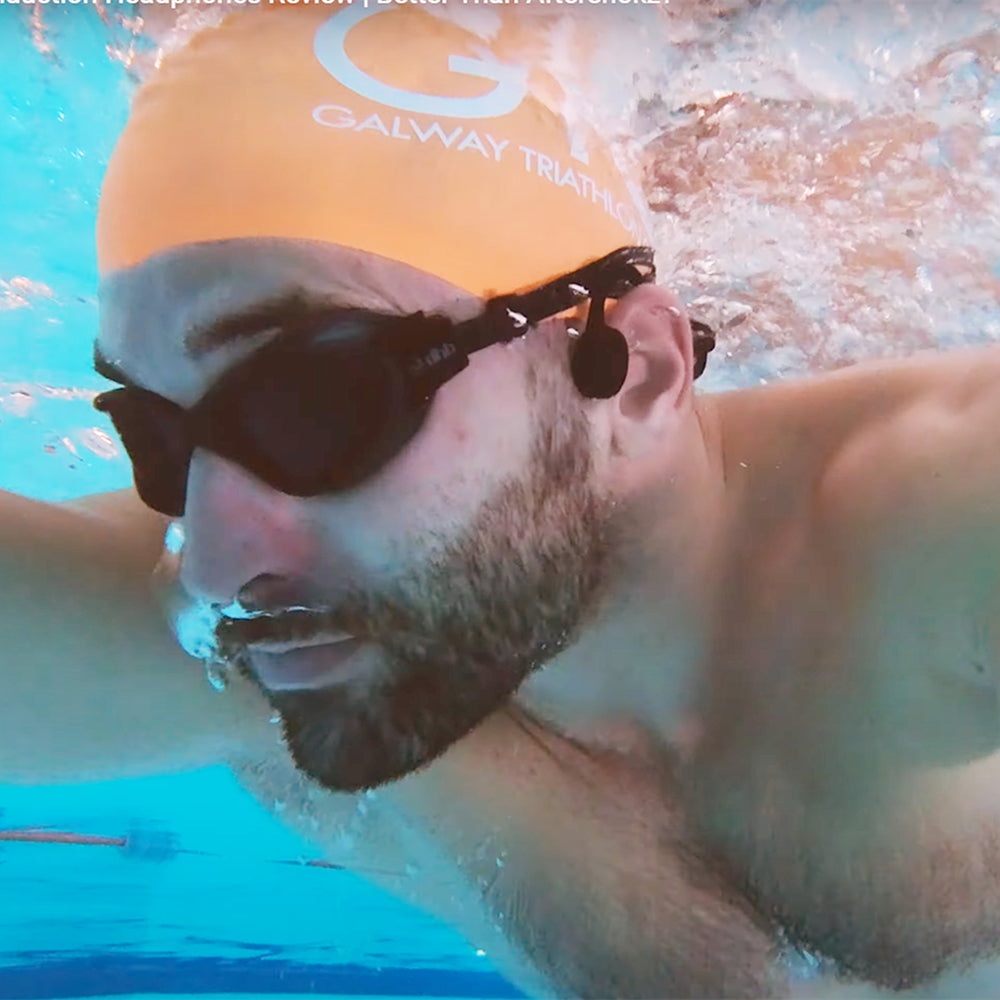Introduction:
In the ever-evolving world of cycling, the importance of selecting the right gear cannot be overstated. Among the critical components is the often-overlooked accessory – cycling headphones. In this guide, we will consider various factors, from safety to audio quality, providing an in-depth exploration of the complexity involved in choosing the ideal pair.
I. Understanding the Cycling Environment
1.1 The Unique Challenges of Cycling:
Cycling presents a distinct set of challenges, from wind noise to ambient sounds. Understanding how these factors impact headphone performance is crucial for cyclists. Therefore, the choice of weather and cycling location is essential for riders. A serene ride by a lakeside on a sunny day undoubtedly offers a delightful cycling experience. In comfortable environments, there are fewer restrictions on headphone choices, including in ear, open ear, and even over ear headphones.
1.2 Safety Concerns:
Safety should always be a top priority. Explore headphone designs that maintain situational awareness, allowing you to hear approaching traffic and potential hazards. Considering safety factors, bone conduction headphones become advantageous as they provide music while allowing you to perceive ambient sounds, greatly enhancing cycling safety.

II. Technical Specifications
2.1 Audio Quality:
For an immersive cycling experience, audio quality is paramount. Due to different sound reproduction principles, open-ear bone conduction headphones and traditional in-ear headphones offer significantly different audio experiences. Traditional in-ear headphones generally provide better sound quality, but wind noise can be a significant issue. On the other hand, bone conduction headphones, transmitting sound through bone conduction, minimize wind noise.
2.2 Connectivity:
Examine the pros and cons of different connectivity options, such as Bluetooth and wired connections, to determine what suits your cycling style. Regardless of Bluetooth or wired connectivity, audio devices are indispensable. However, bone conduction headphones, like the Nank Runner Diver2, revolutionize this with both Bluetooth and TF card modes. These headphones come with built-in memory, allowing you to store audio files directly on the headphones, eliminating the need to carry a phone during rides.
2.3 Battery Life:
Long rides demand headphones with substantial battery life. Understand the importance of battery capacity and how it aligns with your cycling habits。
III. Design and Comfort
3.1 Ergonomics:
Explore headphone designs that prioritize comfort during prolonged rides. Factors like weight, ear cup design, and headband adjustability play a crucial role.
3.2 Sweat Resistance:
Cycling involves physical exertion and sweating. Sweat-resistant materials in headphone construction become crucial as prolonged exposure to sweat can corrode headphones. The Nank bone conduction headphones boast water resistance levels of 6-8, ensuring protection against rain and sweat. Even the IPX8-rated Runner Pro2 and Runner Diver2 support swimming and diving.
3.3 Helmet Compatibility:
Since a cycling helmet is essential for safety, ensure that your chosen headphones seamlessly integrate with it for comfortable and secure wear. In this regard, over-ear headphones become unacceptable as they are incompatible with cycling helmets. Traditional in-ear headphones, while not impacting helmet wear, can easily fall out of the ears. Bone conduction headphones typically adopt an ear-hook design, ensuring compatibility with helmets and stable wear.

IV. Durability and Build Quality
4.1 Materials:
Evaluate the durability of headphone materials and their ability to withstand varying weather conditions, including rain and extreme temperatures.
4.2 Water and Dust Resistance:
Explore the advantages of headphones with water and dust resistance, enhancing their longevity in diverse cycling environments.
4.3 Impact Resistance:
Cycling headphones should endure the occasional bump or fall. Investigate headphone models designed to withstand impacts without compromising functionality.
V. Conclusion
In conclusion, choosing the right cycling headphones is a nuanced process that involves a meticulous examination of various factors. By understanding the unique demands of cycling, delving into technical specifications, prioritizing design and comfort, considering durability, and leveraging user reviews and expert opinions, cyclists can make informed decisions that enhance both safety and enjoyment on the road.
Remember, the perfect cycling headphones are not a one-size-fits-all solution. Tailor your choice to align with your cycling habits, preferences, and the specific challenges of your chosen routes.







